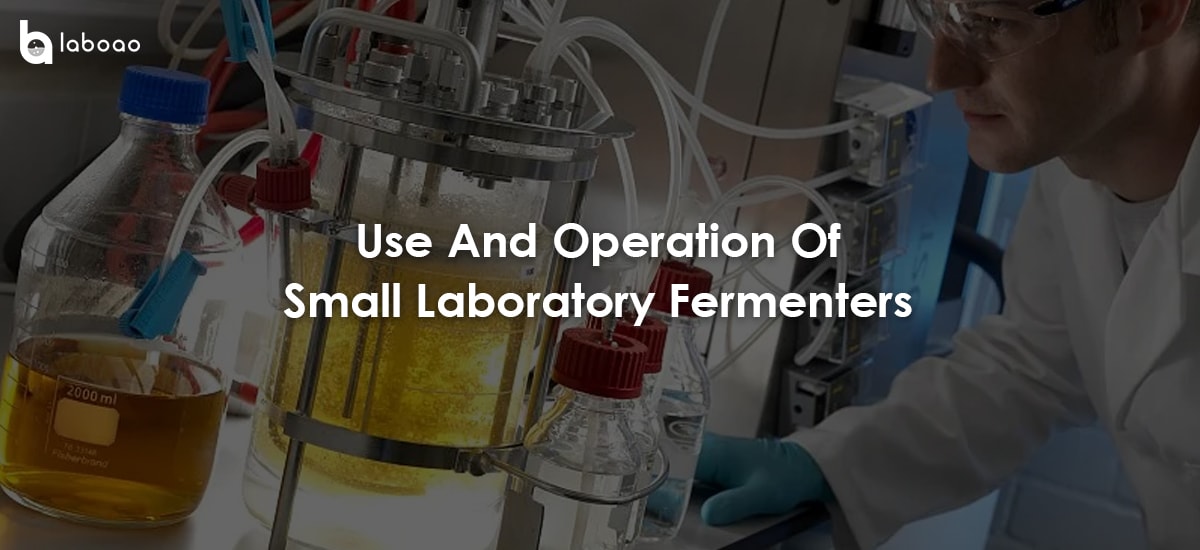
Main components of laboratory small fermentation tanks
1.The tank is mainly used for cultivating and fermenting various bacterial cells, and the sealing property must be good;
2.There is a stirring slurry in the tank, which is used for continuous stirring during the fermentation process;
3.The bottom-ventilated Sparger is used to introduce air or oxygen needed for bacterial growth;
4.There are control sensors on the top plate of the tank. Commonly used ones include pH electrodes and DO electrodes, which are used to monitor changes in pH and DO of the fermentation broth during the fermentation process;
5.Controller, used to display and control fermentation conditions, etc.
How to use and operate small laboratory fermentation tanks
1.Calibrate pH electrode and dissolved oxygen electrode;
2.Fermentation tank sterilization. Put the culture medium into the tank as needed, seal it as required, and then put the tank into a large sterilization pot for sterilization;
3.After the fermentation tank body has cooled down, place it on the fermentation platform and install it well; turn on the cooling water, turn on the power of the air pump, connect the ventilation pipe to start ventilation, adjust the air inlet knob to make the ventilation volume appropriate; turn on the power of the fermentation tank, set the temperature, pH, stirring speed, etc., set the dissolved oxygen electrode;
4.After the temperature is stable and all parameters are correct, insert the pre-shaken seeds, start fermentation timing, and start recording various parameters;
5.After fermentation is completed, clean the tank and electrodes, and insert the electrodes into the Erlenmeyer flask for later use;
6.Fill in the registration book as required and have it signed by the person in charge.